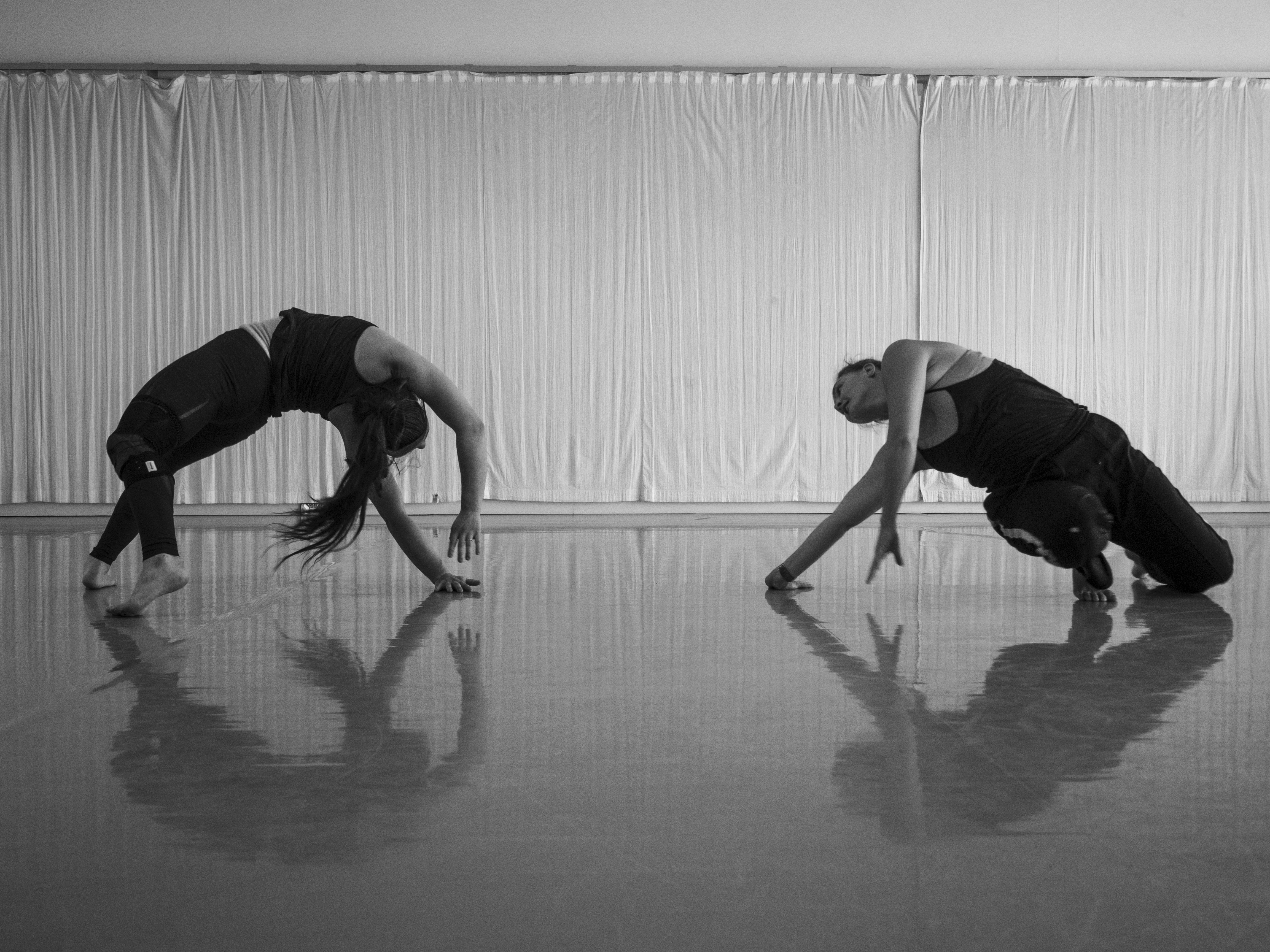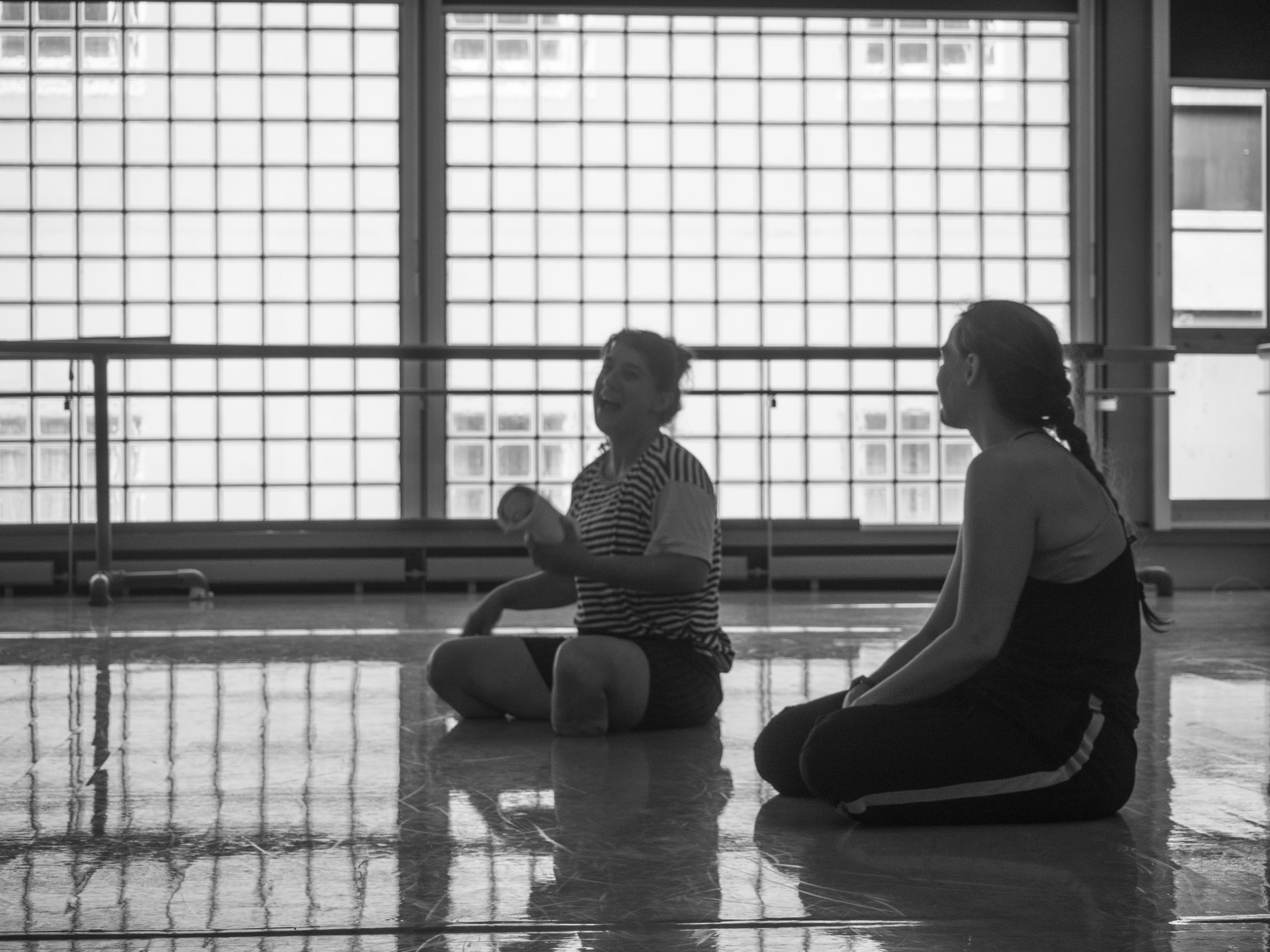Words by Katie Hagan.
Beginning his UK dance career as a bright-eyed kid back in 1999 and now decorated with a whole host of credentials, French-born Marso Riviere is a primal force in the contemporary and breaking, streetdance and hip-hop theatre worlds. The human incarnation of bag of assorted sweets, Marso has traversed creative territories and accumulated what seems to be a solar system of movement identities. As well as exploring different forms such as ballet, contemporary, aerial circus, hip-hop and its many subdivisions, the artist has collaborated with other professionals from various artistic backgrounds, crafting a diverse dance vocab that is perceptible throughout his work. Marso speaks to DAJ about the journey to where he is today and his work over the past year, focusing on his collaborative research project, Phantom Limbs.
Katie: How have the past few months been for you personally and artistically?
Marso: I think it’s fair to say we didn’t think the pandemic would last this long! In the first few months I’d lost months of work and for that reason I was in a bit of a vegetative state. My dad had bought a barge that I planned to renovate, which is something I’d always wanted. It was just a shame the whole thing was bittersweet as it was during lockdown.
I was hesitant about teaching online because I love to feel people’s energy in the space; it’s a real drive for me. Like many of us I didn’t feel inspired. I did eventually teach classes for Towards Vivencia and also made a couple of self-made video projects — this assured me things were still in my body!
I’m also on the Equity dance community so we were having regular meetings online. We were fighting for support for freelancers and artists. There has been amazing support from the Equity Benevolent Fund, Arts Council and other great organisations. The UK government has fallen punishingly short, though.
Right now, and for the next 10 months, I’m undertaking a residency in Hong Kong at the Hong Kong Academy for Performing Arts. It’s a fantastic opportunity; you contribute your advice, teaching and experience to the organisation and get to develop your practice at the same time!
K: Lockdown was difficult, so I guess an opportunity such as this will bring you back to your practice? Are you able to speak about your history?
M: Sure! My practice can be broken down into these strands: ballet, jazz, drama, contemporary, various capoeira and streetdance styles and aerial circus. When I moved to the UK in 1999, I was part of the New Millennium Company in London. After training in ballet this experience planted the seeds for what I wanted to do. Circus gives you a lot of options to be transdisciplinary and we were inspired to cross these borders. I was interested in experimentation and when I left the circus, I carried on doing breaking and immersed myself in hip-hop culture. I’d say from 2001-06 I really pushed myself to the limits, and I got to work with hip-hop legends, Robert Hylton and Jonzi D! These guys were meshing different dance and theatre forms in ways that hadn’t been done before, particularly on the hip-hop scene. Inviting artists to the UK opened my eyes and validated my need to create my own language. Robert’s contemporary and popping mash-ups were so new! I also got to work with Breakin’ Convention at a time when they were seen as very avant garde.
K: That’s so cool! Going on from that, I think it’s so difficult to explore who you want to be artistically within a classical form.
M:Â Especially if you’ve been formatted to dance a certain way! Then you have to find your voice. School helps, but who is the real artist in that body? Some people are just really great at working in companies learning other people’s work, yet others need that time to discover who they are as an artist.
Collaboration with other disciplines, or cross-pollination, enables forms to mix and then grow. I started to work with Navala Chaudhari, my dear friend and collaborator who trained at NSCD and has a capoeira background. We clashed our dance forms and techniques together. I then started to explore more conceptual ideas as I really wanted to go beyond my movement.

K: I’m Interested in hearing about your research on the phantom limb syndrome and your collaborations with disabled artists. Could you tell us more?
M: A good friend of mine had a bad accident when he was teenager and lost his leg. I’ve heard many stories from him about the grieving process, his depression and the phantom. Years passed and I went to the Welcome Collection around five years ago. By chance I saw a digitally modified photograph that showed a woman who had lost her arm. She’d recreated her missing arm in the way she feels the phantom. Her name is Alexa Wright and her work is called Medicine Now. When I saw this, I felt like I had to respond to it.
A few years later and with the support of several organisations (The Place, Birmingham Hippodrome & DX, Theatre National de La Danse Chaillot, Wellcome Collection, ACE) from around July to December 2019 I was collaborating with disabled and non-disabled artists. Kathleen Hawkins, Becky Namgauds, Hannah Finn, Bboy Redo, Mugi the Kid, Julie Magneville, Vehbi Can were all part of this collaborative project, Phantom Limbs,where disabled and non-disabled artists explore this condition and therapies associated with it.
K: What did the research comprise?
M: The first phase began at The Place’s Choreodome where I learned a lot from my collaborator, Kathleen Hawkins in terms of disability, the pain of the syndrome, accessibility, the way she sees things, empathy, the problem with pity. We discussed lots of difficult questions, and I as a non-disabled person had to learn many things, particularly in terms of which language to use.

We then headed to our residency at the Welcome Collection, where I was welcomed by Valerie Brown. She gave me so much information and I was so overwhelmed with the history of amputation and prosthetics. We did a sharing in the reading room which enabled us to invite feedback from the audience. I remember we’d taken Kathleen’s prosthetic off and we were moving with it and then we invited an audience member to put it back on. That was very powerful. The audience member was a little hesitant and Kathleen was reassuring her, saying: ‘Don’t worry, you can push harder!” Dance definitely created a space for these interactions and educations to happen — this would never happen anywhere else.
K: It seems as if this project definitely opened up an area that needs more focus!
M: Sure, and the public willingly participated as well. People wanted to come and discuss their experiences. A lady shared her story of not knowing that her partner had the condition. The connections we made through movement were so powerful.
It goes without saying that more integration of, and collaboration opportunities for, disabled artists are needed. We also need to do a lot of work as a society. I’m by no means an expert on this, but I do understand that people project their own feelings onto those who have lost limbs and pity them, which is deeply problematic. At the same time, there are a lot of people who want to help but are unsure what to do.
There definitely needs to be more awareness within the hip-hop scene. There’s an international b-boy crew, ILL-Abilities who are really changing the game. They have no limits and are so inspiring.
Header image: Donata Kukyté
